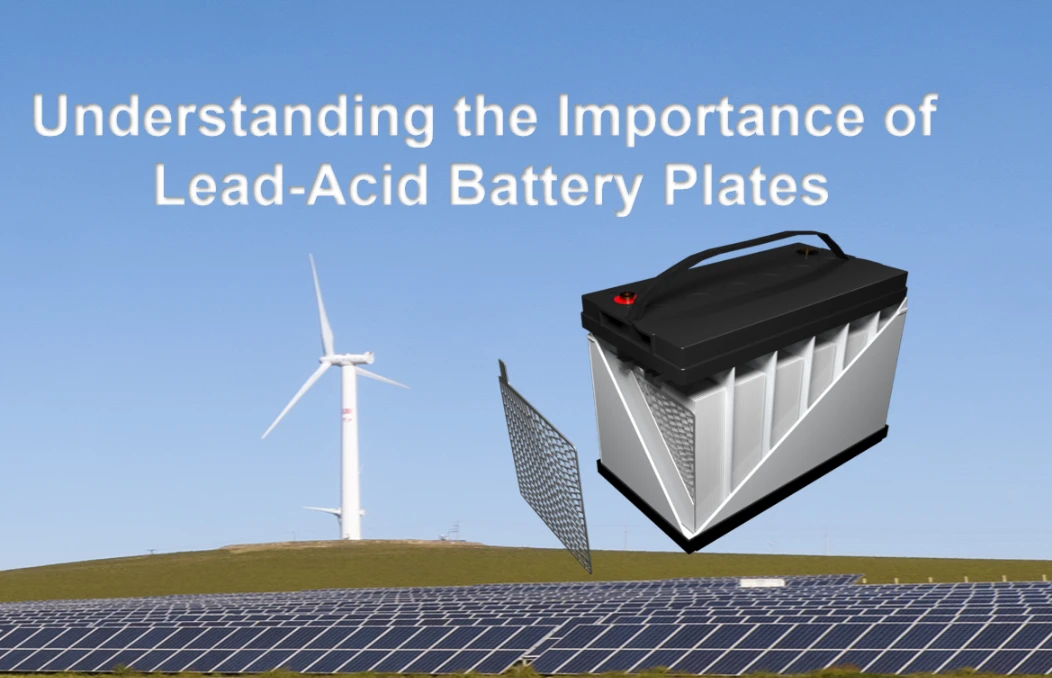
Lead-acid batteries are a common type of battery, consisting of positive and negative plates, electrolyte, and separator. Among them, the lead-acid batteries plate is a crucial component. The plate is an important part that stores and discharges charges and plays a critical role inside the battery.
The positive and negative plates of lead-acid batteries are composed of lead and its alloys. The surface of the positive plate is usually coated with lead oxide (PbO2), while the negative plate is coated with sponge-like lead (Pb). This construction allows lead-acid batteries to store or release electrical energy through chemical reactions on the surfaces of the positive and negative plates during charging and discharging. When the battery is charged, the lead oxide adsorbs electrons and is catalytically reduced to Pb, while the sulfuric acid in the electrolyte reduces hydrogen ions to H2, thereby storing charges. In the discharge process, the lead atoms in the negative plate release their electrons to generate current, and the lead oxide in the positive plate is reduced to PbSO4.
To enhance the performance of lead-acid batteries, the surfaces of the plates are often coated with an active material, such as PbO2 and PbO, to improve the battery’s capacity and charge-discharge efficiency. In addition, the separator of the lead-acid battery is also essential. It can prevent the positive and negative plates from directly contacting and allow the electrolyte to pass through to complete the charging and discharging process.
In summary, the lead-acid battery plates is an indispensable part of the battery’s internal structure. They can store and discharge charges and provide power to various devices. With the continuous development of technology, the performance of lead-acid batteries is constantly improving, bringing us more convenient lives.



